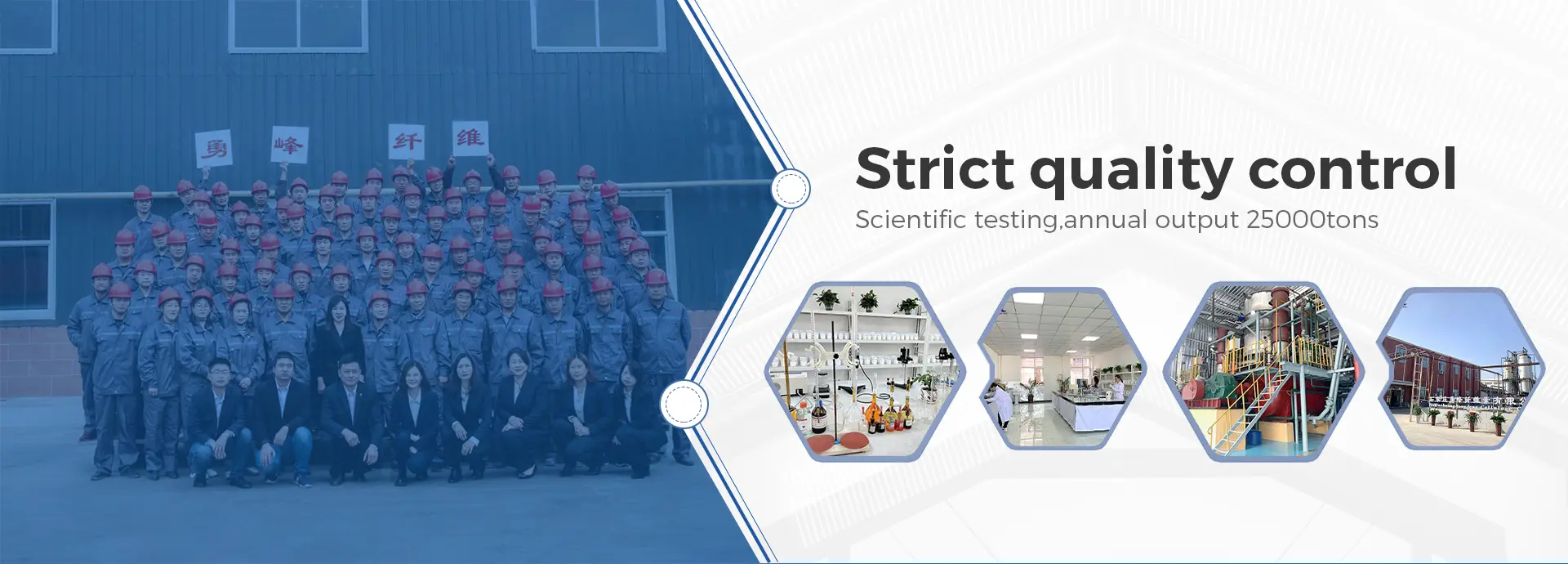HPMC for Cement A Key Ingredient for Enhanced Performance
Hydroxypropyl Methylcellulose (HPMC) is a versatile and widely used polymer in the construction industry, particularly in cement-based applications. Known for its excellent water retention properties, adhesion, and workability, HPMC has become an essential additive in the formulation of various construction materials, including tile adhesives, plaster, and mortar. This article delves into the significance of HPMC in cement applications, its benefits, and the factors that contribute to its effectiveness.
Understanding HPMC
HPMC is a cellulose derivative derived from natural cellulose through a chemical modification process. It is a white, odorless powder that is soluble in cold water but not in hot water. This solubility characteristic is crucial for its function as an additive in cement-based mixtures. HPMC's ability to form a gel-like structure upon hydration helps in retaining moisture, which is vital for the hydration of cement and the overall durability of the final product.
Benefits of Using HPMC in Cement Applications
1. Improved Workability One of the primary advantages of using HPMC in cement mixtures is its ability to improve workability. By enhancing the flow properties of the mixture, HPMC allows for easier application and reduces the effort required for spreading and leveling. This results in a more uniform application and better overall finish, especially in tile adhesive and plaster applications.
2. Water Retention HPMC plays a critical role in retaining water within the cement matrix. Adequate water retention is essential for proper hydration of cement particles, ensuring that the mixture gains its intended strength and durability. By preventing premature drying, HPMC helps in achieving a strong bond and minimizing the risk of cracking, especially in thin-layer applications.
3. Enhanced Adhesion The addition of HPMC to cement-based formulations increases adhesion properties, allowing for better bonding between different substrates, such as tiles and concrete surfaces. This enhanced adhesion is particularly beneficial in tile installation, where a strong bond is necessary to prevent tile loosening or failure over time.
4. Extended Open Time HPMC provides an extended open time for cement-based products, allowing for longer periods of manipulation and adjustment during application. This is particularly important in large-scale projects where workers may need additional time to align tiles or make adjustments without the mixture setting too quickly.
hpmc for cement

5. Reduced Shrinkage Incorporating HPMC in cement formulations can help mitigate shrinkage issues that often occur during the drying phase. By retaining moisture and reducing the rate of evaporation, HPMC contributes to minimizing cracks and ensuring the integrity of the final structure.
Considerations for Using HPMC
While HPMC offers numerous benefits, it is essential to consider a few factors to optimize its use in cement applications
- Concentration The optimal concentration of HPMC in cement mixtures can vary depending on the specific application and desired properties. Conducting trials to determine the best formulation is recommended.
- Type of HPMC Different grades of HPMC are available, each with specific properties, such as viscosity and gel strength. Selecting the appropriate grade for a specific application is crucial for achieving the desired results.
- Compatibility with Other Additives HPMC is often used in conjunction with other additives, such as water-reducing agents or pigments. It is essential to ensure compatibility between HPMC and these additives to prevent any adverse effects on the final performance of the cement product.
Conclusion
In conclusion, HPMC is a vital component in the formulation of cement-based materials, offering a myriad of benefits that enhance performance, durability, and workability. Its contributions to water retention, adhesion, and open time are invaluable for construction professionals seeking to improve the quality of their projects. As the construction industry continues to evolve, the role of HPMC is likely to expand further, making it an essential additive for modern cement applications. Understanding and effectively utilizing HPMC can lead to superior outcomes in a wide range of construction tasks.
-
The Application and Significance of Construction RdpNewsMay.19,2025
-
Industrial Grade HpmcNewsMay.19,2025
-
Building Coating Adhesive Building Coating Adhesive HpmcNewsMay.19,2025
-
Application Of Hpmc For Detergent For Detergent In DetergentsNewsMay.19,2025
-
Application Of Hpmc Cellulose In Cement-Based MaterialsNewsMay.19,2025
-
Application Of High Quality Hpmc For Construction In The Field Of ConstructionNewsMay.19,2025




